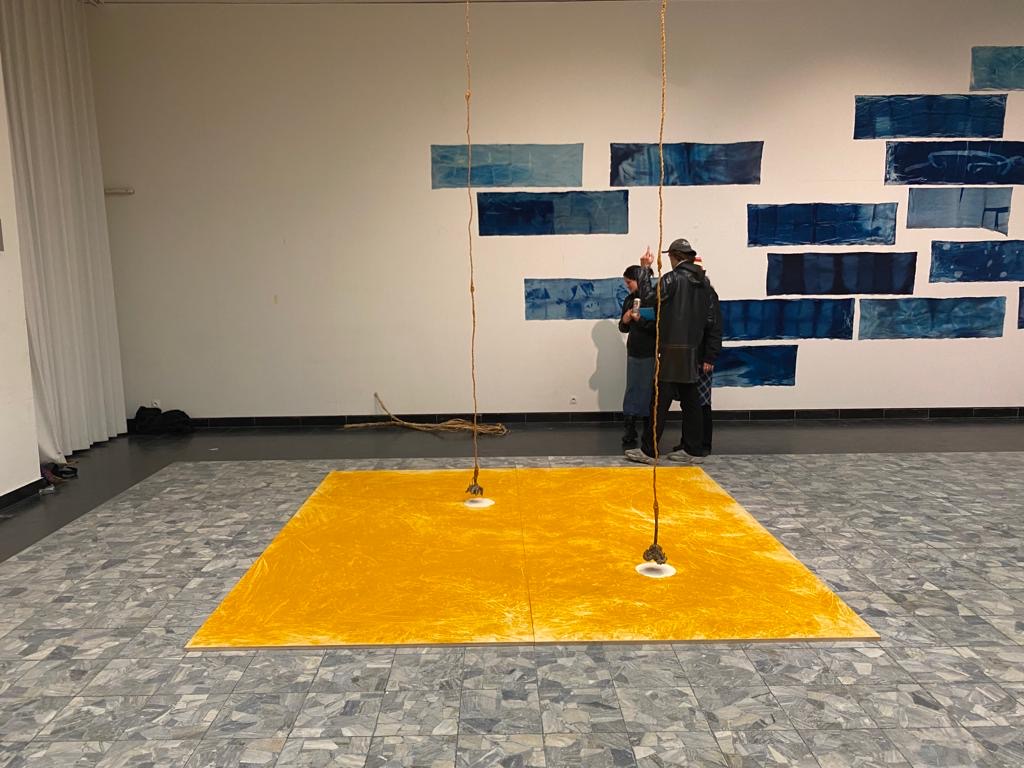For this 8th edition of ARTICULATE, the annual research festival at the Royal Academy of Fine Arts and the Royal Conservatoire Antwerp, our research groups put forward the topic of the ecosystem. This serves as the starting point for a diverse programme of exhibitions, research classes, performances and lectures. Ecosystems are intricate networks, critical to our planet’s health and sustainability, where living and non-living, human and non-human elements interact and coexist. By incorporating the theme of the ecosystem into our programme, we aim to ignite critical thinking about interconnectedness, adaptation and resilience.
Forms Of Life

- Curator: Tina Gillen, Christophe Gallois and Diana Murray Watts
- Location: Royal Academy of Fine Arts Antwerp (BEL)
- Collaboration: Royal Academy of Fine Arts Antwerp, MUDAM (LUX)
- Artists: Max Beets, Pieter Eliëns, Kristí Fekete, Rafaela Figurski Vieira, Nina Gross, Malena Guerrieri, Paul Müller, Oona Oikkonen, Laurence Petrone, Pit Riewer, Maren Katharina Rommerskirchen, Alexandra Vitalyevna Samarova, Maria Sawizki, Rune Tuerlinckx, Witold Vandenbroeck